In a clinical setting, the right indoor plants can create a welcoming atmosphere, help reduce stress, and even improve air quality. This is essential not only for patients but also for staff. Here’s a comprehensive list of unique plants that can thrive in a clinic environment, enhancing both aesthetic appeal and overall wellbeing.
Peace Lily (Spathiphyllum)
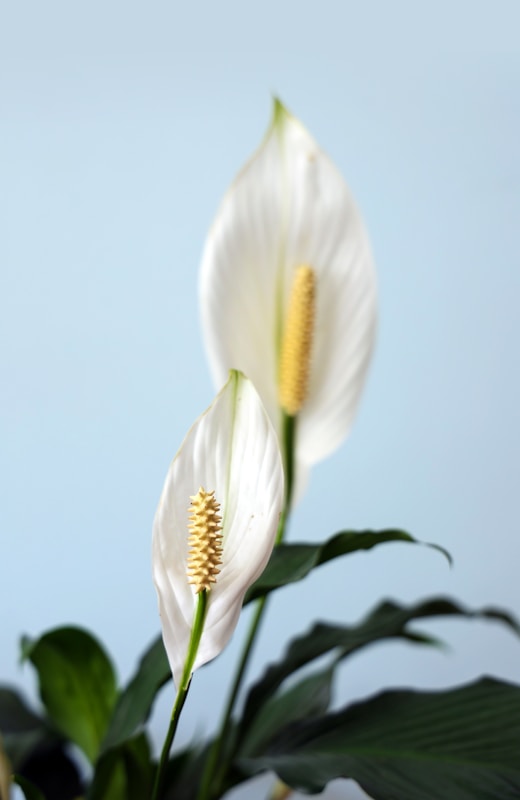
The Peace Lily is a popular choice for a clinic, thanks to its elegant white flowers and glossy leaves. This plant flourishes in low light conditions and requires minimal care. It’s also known for its air-purifying traits, absorbing toxins and improving indoor air quality. Regular watering and occasional feeding will keep this plant vibrant.
Snake Plant (Sansevieria trifasciata)
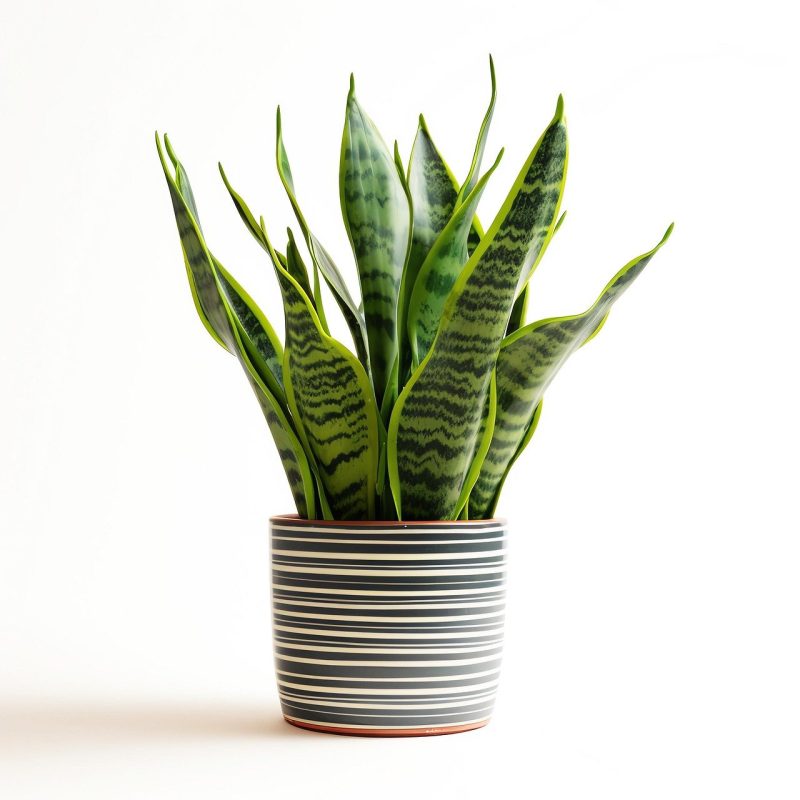
The Snake Plant, or Mother-in-Law’s Tongue, is renowned for its resilience. It can thrive in low light and needs infrequent watering, making it perfect for busy clinics. This plant filters indoor air pollutants and releases oxygen at night, promoting a calm and fresh environment. Its unique upright leaves also add a modern aesthetic.
Spider Plant (Chlorophytum comosum)
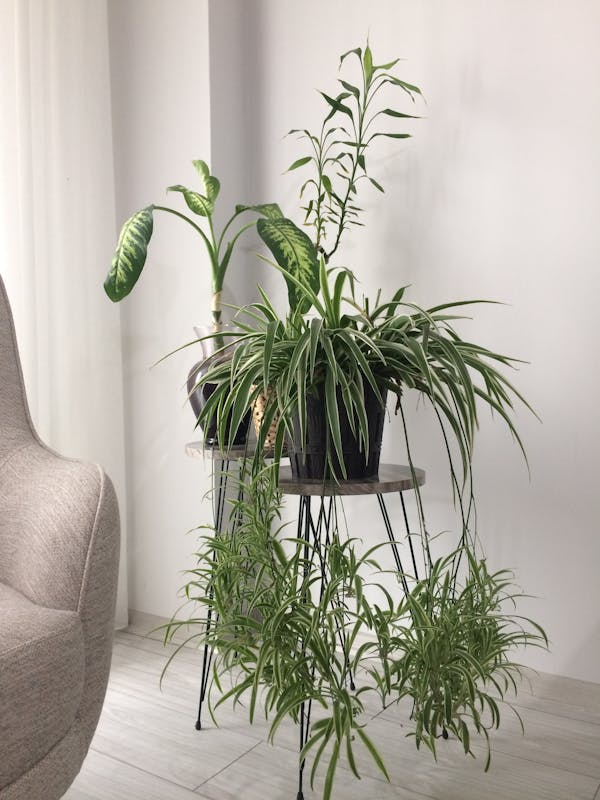
Spider Plants are fun and versatile, known for their arching green leaves and baby spiderettes. They thrive in indirect sunlight and only need watering when the soil is dry. They are effective at improving indoor air quality by filtering out common toxins. Their trailing leaves can create a delightful display when hung or placed on shelves.
ZZ Plant (Zamioculcas zamiifolia)
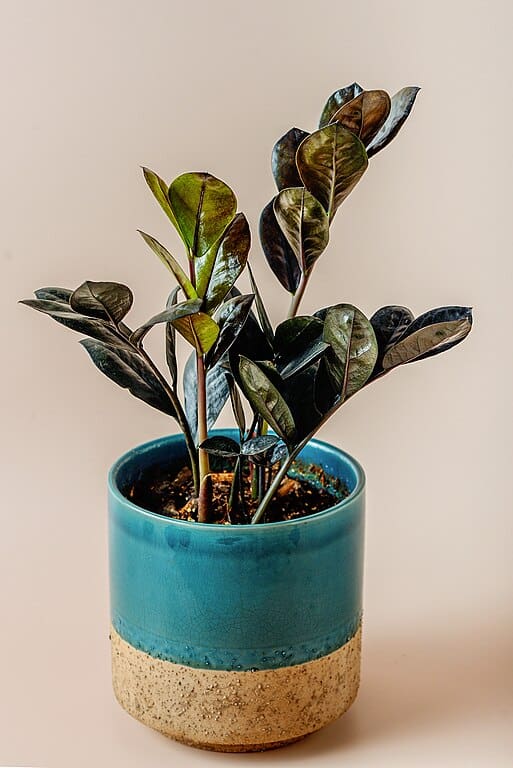
The ZZ Plant is a standout for clinics due to its tolerance for neglect and low light. Its glossy, dark green leaves are not only visually appealing but also help enhance the decor of any room. This plant is nearly indestructible, making it an excellent low-maintenance option for medical spaces.
Rubber Plant (Ficus elastica)
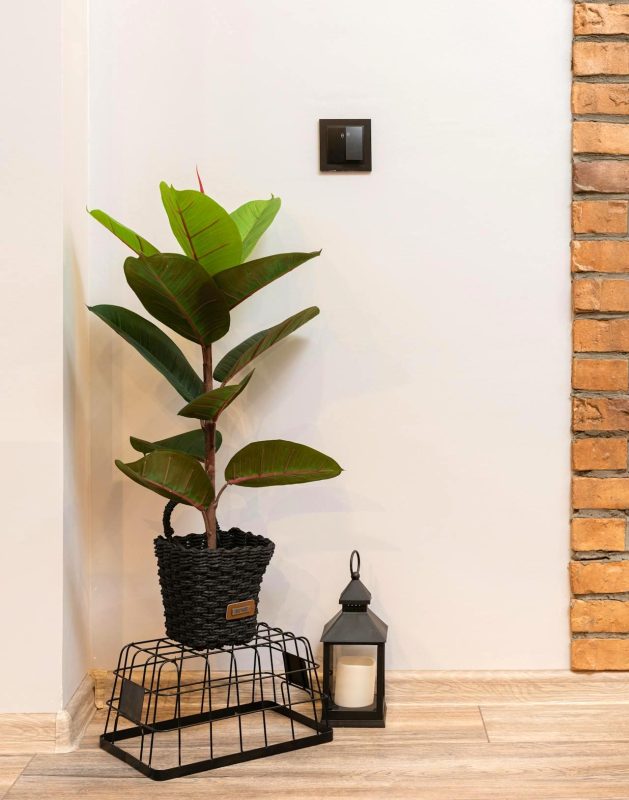
The Rubber Plant is appreciated for its large, broad leaves and striking appearance. It is a fast-growing plant that can adapt to various light conditions, although it prefers bright, indirect light. Rubber Plants are also known for their air-purifying capabilities, helping to create a healthier environment by filtering harmful chemicals.
Boston Fern (Nephrolepis exaltata)
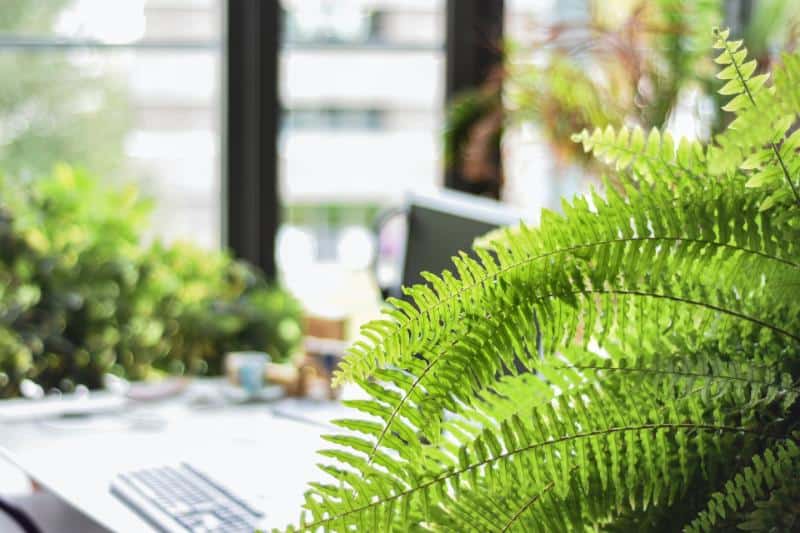
The Boston Fern brings lush greenery and a touch of elegance to any indoor space. It thrives in humidity, making it ideal for clinics that can maintain moist air. Regular misting and consistent watering will keep this fern healthy. Its natural ability to improve air quality makes it a great addition to patient areas.
Pothos (Epipremnum aureum)
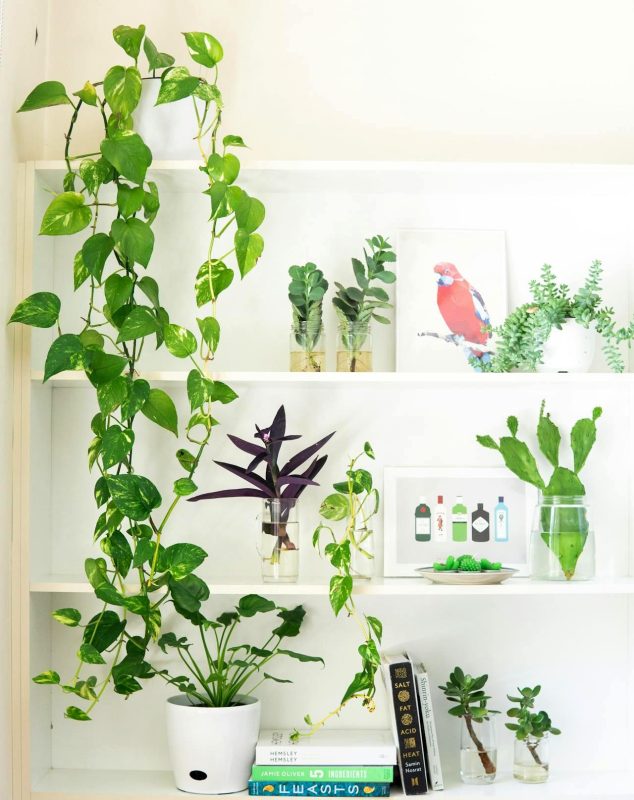
Pothos, often referred to as Devil’s Ivy, is famous for its trailing vines and heart-shaped leaves. This plant is incredibly adaptable, doing well in both low and bright light. Pothos is an excellent air purifier and adds a lively touch to the clinic atmosphere. It can be placed on tables, shelves, or allowed to cascade down from hanging planters.
Dracaena Marginata

Dracaena Marginata, or Dragon Tree, has striking upright stems topped with spiky, thin leaves. This plant can adapt to various lighting conditions, though it prefers indirect light. It doesn’t require frequent watering, making it a suitable option for clinics. Its architectural form brings a modern touch to any clinical space.
Parlor Palm (Chamaedorea elegans)
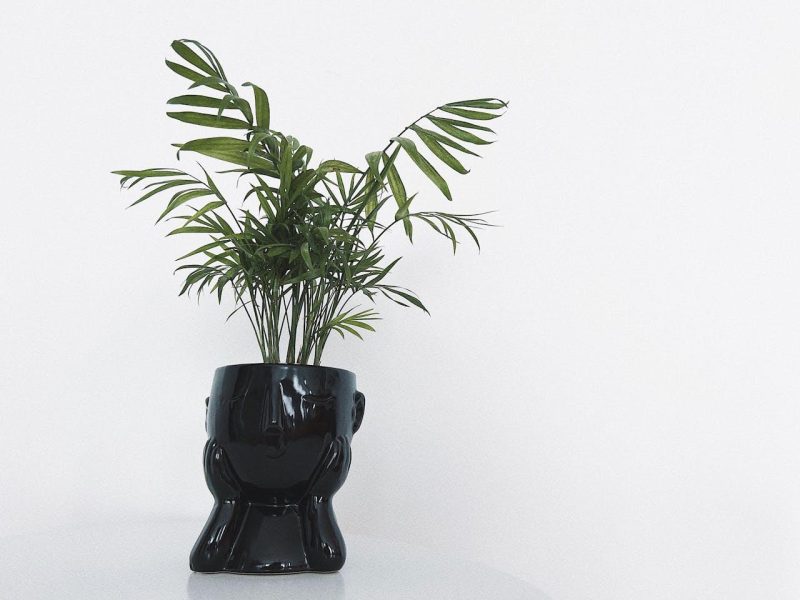
The Parlor Palm is a beautiful, low-maintenance plant that thrives in low light. Its feathery fronds create a delicate look that can soften the clinical atmosphere. It prefers evenly moist soil and occasional feeding during the growing season. This palm is also safe for pets, making it an excellent choice for family-friendly clinics.
Philodendron Brasil (Philodendron hederaceum)
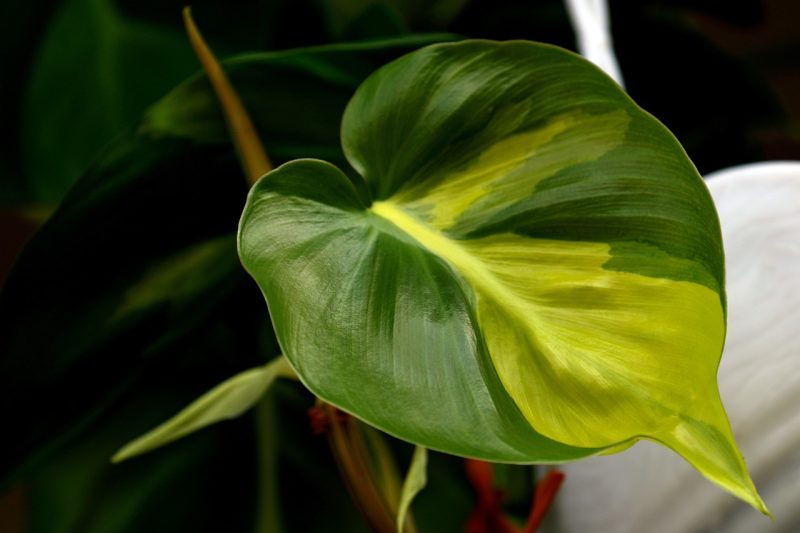
The Philodendron Brasil is a stunning trailing plant known for its vibrant green and yellow variegated leaves. It thrives in indirect light and is forgiving if neglected on occasion. This variety of Philodendron not only enhances the visual interest in a space but also helps purify the air, making it suitable for busy healthcare environments.
Calathea (Calathea spp.)
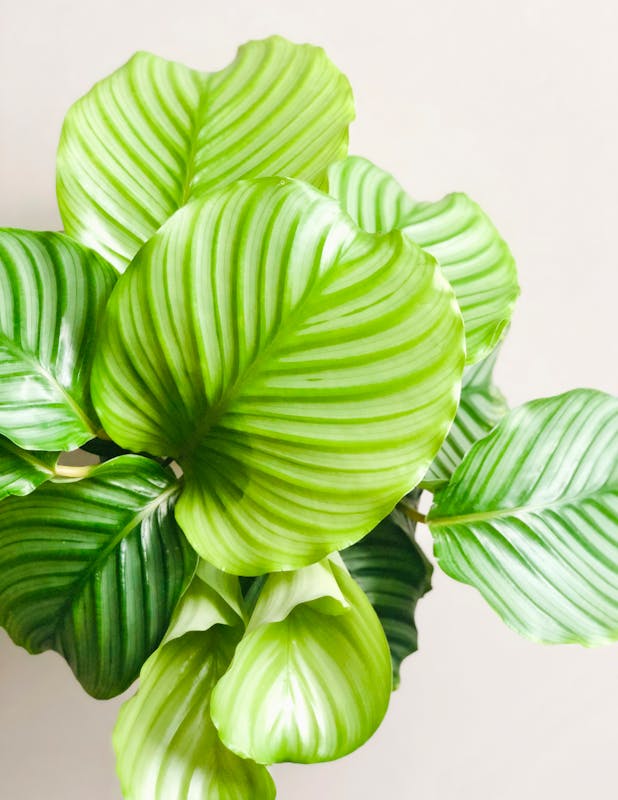
Calatheas are admired for their striking leaf patterns and colors, adding a decorative element to any clinic. They prefer medium to bright indirect light and humidity. Regular watering and misting keep them healthy and vibrant. The movement of their leaves creates a dynamic feel, contributing to a refreshing environment for patients and staff.
Chinese Evergreen (Aglaonema)
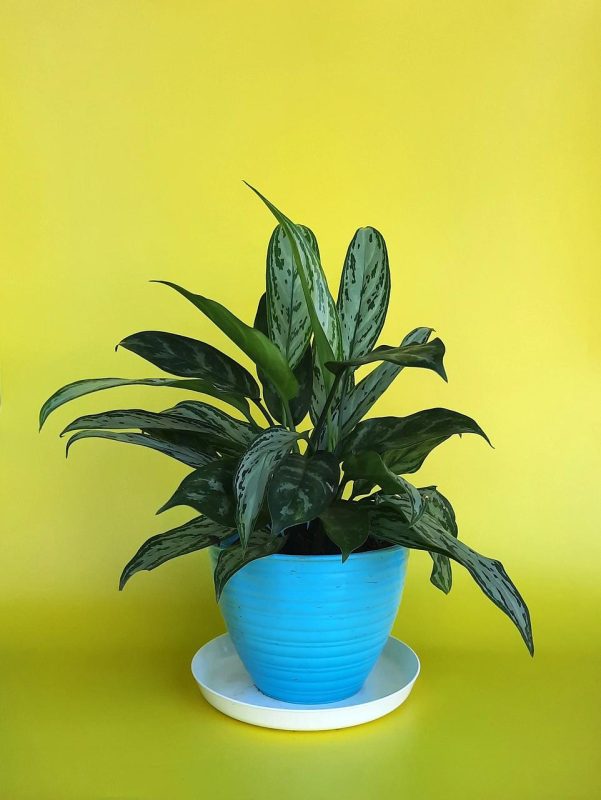
Chinese Evergreens are known for their resilience and attractive foliage. They thrive in low-light conditions and are easy to care for. The colorful leaves of the Chinese Evergreen provide a pop of color, making any clinical setting feel more inviting. They are also effective in filtering out pollutants from the air.
Aloe Vera
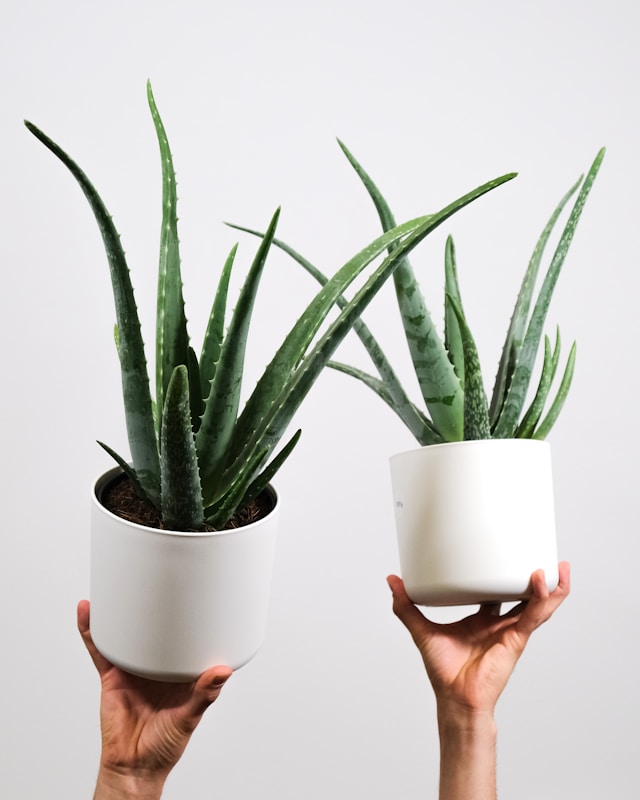
Aloe Vera is more than just a decorative plant; its sap offers soothing properties for minor burns and skin irritations. This succulent requires bright, indirect light and minimal watering, making it a low-maintenance option perfect for clinics. Its unique appearance—with thick, fleshy leaves—brings a fresh, natural touch to the environment while providing practical benefits for patients who might require topical treatments.
Cast Iron Plant (Aspidistra elatior)
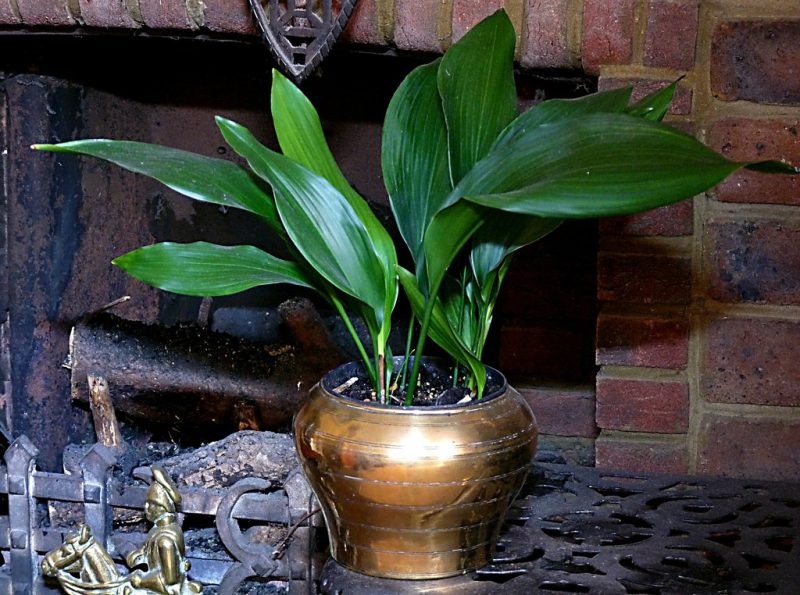
The Cast Iron Plant lives up to its name by being one of the toughest houseplants available. It thrives in low light and is remarkably drought-tolerant, making it an ideal choice for a clinic where care might be inconsistent. Its broad, dark green leaves add a touch of elegance without the fuss of extensive maintenance. Additionally, this plant helps improve air quality, contributing to a healthier indoor environment.
Bird’s Nest Fern (Asplenium nidus)
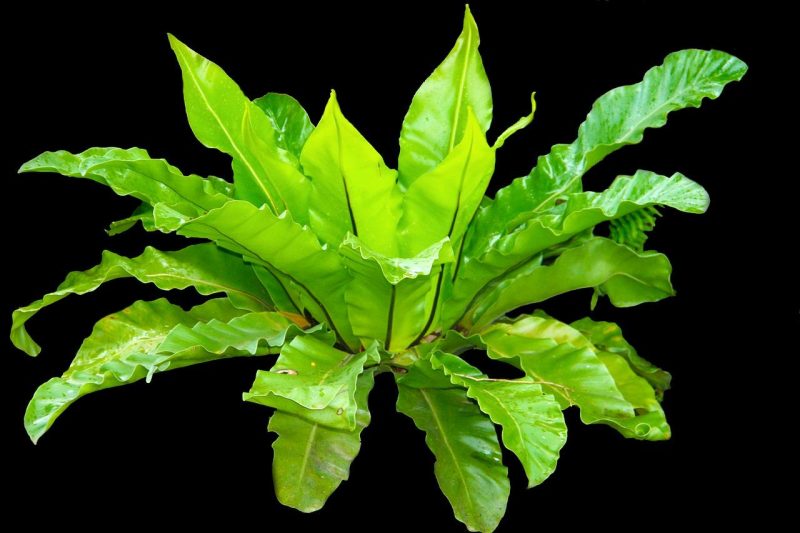
The Bird’s Nest Fern features a distinctive rosette of wavy, bright green leaves that can add a lush, tropical feel to a clinic space. This fern prefers indirect light and humid environments, which can be suitable for clinics with good air circulation. Regular misting and watering keep it healthy and vibrant, while its unique appearance can create a calming atmosphere.
Medinilla magnifica

Medinilla magnifica, also known as the Malaysian Orchid, stands out for its dramatic clusters of pink flowers that bloom under the right conditions. Ideal for bright, indirect light, this semi-tropical plant prefers humidity, which can be easily provided in a clinic setting. Its exotic blooms can offer a comforting touch to waiting areas, making patients feel more at ease while they await their appointments.
Fiddle Leaf Fig (Ficus lyrata)
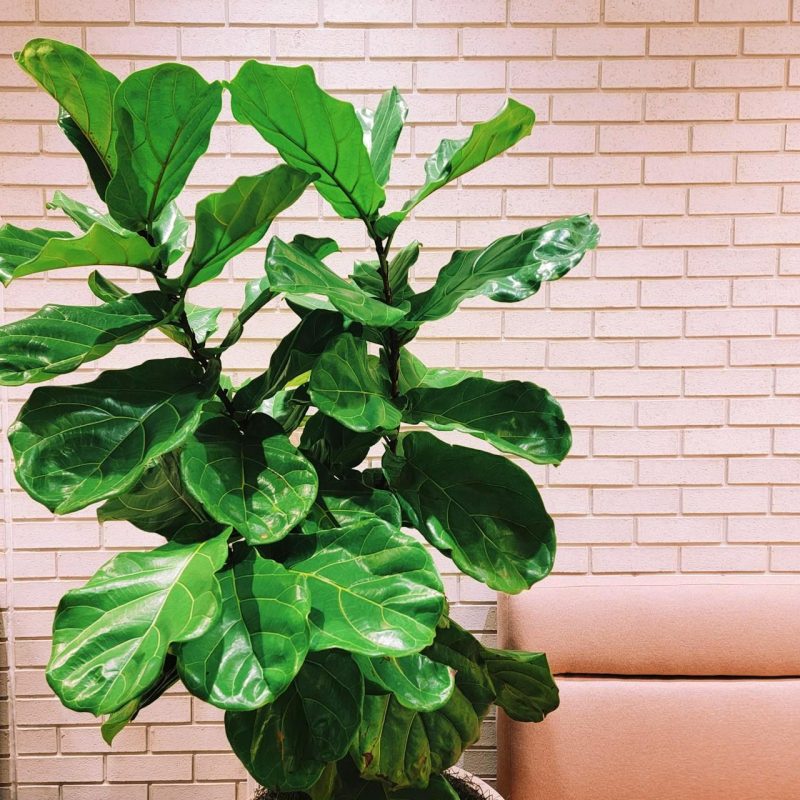
The Fiddle Leaf Fig has gained immense popularity due to its large, violin-shaped leaves that can become a striking centerpiece in any room. This plant prefers bright, indirect light and does best when watered only when the soil dries out. While it requires a bit more attention than some others on this list, its dramatic presence can create an uplifting environment in waiting areas or reception desks.
Sago Palm (Cycas revoluta)
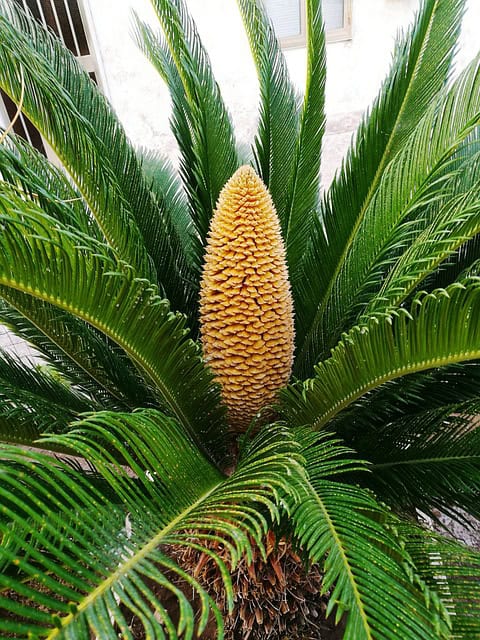
The Sago Palm, often considered a living fossil, adds a touch of sophistication with its stiff, glossy leaves. This plant prefers bright, indirect light and is drought-resistant, making it suitable for less fussy environments. While it may need a little more attention than some of the other choices, its visual appeal is worth the effort. It’s a unique choice for a clinic, enhancing the decor while creating a calming presence.
Orchid (Phalaenopsis)
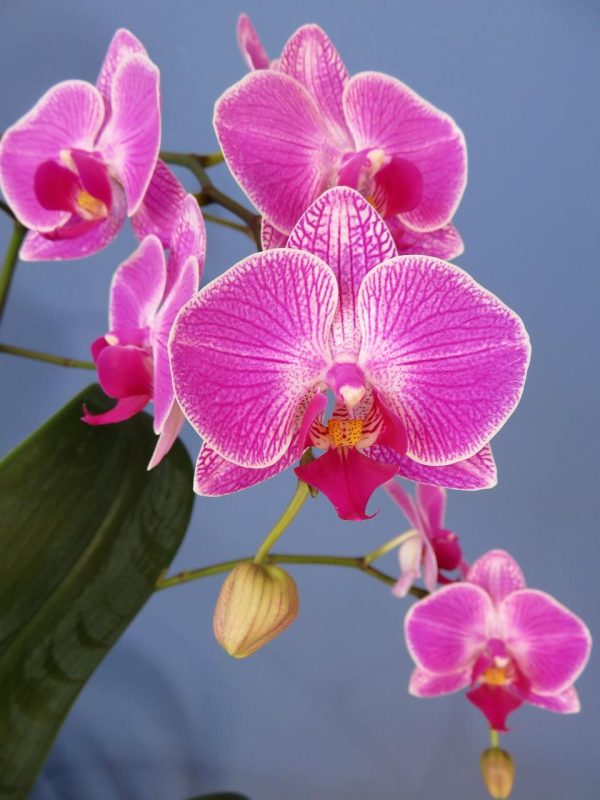
Orchids are a popular choice for indoor decor due to their exotic beauty and elegant appearance. The Phalaenopsis Orchid, in particular, is easy to care for and can thrive in bright, indirect light. Its long-lasting blooms bring color and sophistication to any space, helping to uplift the emotional atmosphere and provide comfort to patients during their visits. Placing orchids in a waiting area or reception desk can effectively transform the ambiance.
Ponytail Palm (Beaucarnea recurvata)
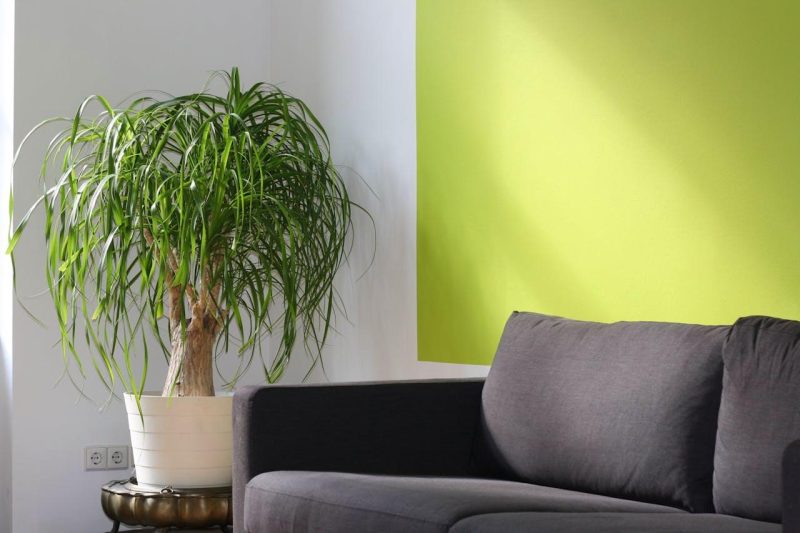
The Ponytail Palm features a bulbous base and long, cascading leaves that resemble a ponytail. Though it is not a true palm, its unique form can create a visually striking focal point in a clinic. This plant thrives in bright light and requires infrequent watering, making it hassle-free. It’s perfect for adding a quirky yet stylish flair to the space.
Each of these plants offers unique benefits, enhancing the atmosphere of a clinical environment while improving air quality and providing a soothing visual for both patients and staff. When choosing plants for a clinic, consider not only the aesthetic appeal but also how each variety can contribute to a comforting, healthy space.
Care Considerations for Clinic Plants
While the listed plants are relatively low-maintenance, it’s essential to consider some general care guidelines to ensure they thrive in a clinical environment.
Light Conditions: Assess the natural light available in your clinic. Some plants thrive in low light, while others require brighter conditions. Make sure to place each plant according to its lighting needs.
Watering: Overwatering is a common issue with indoor plants. Monitor the soil moisture and adjust your watering routine accordingly. Most plants prefer to dry out slightly between waterings.
Humidity: Some plants may require higher humidity levels to flourish. Consider placing a few plants together to create a microenvironment or using a humidifier in the vicinity.
Dust Management: Regularly dust the leaves of your plants, as clean foliage can photosynthesize more effectively and improves overall appearance.
Patient Safety: Ensure that all plants are non-toxic, especially if your clinic may have young children or pets visiting. This consideration is crucial in maintaining a safe environment.





